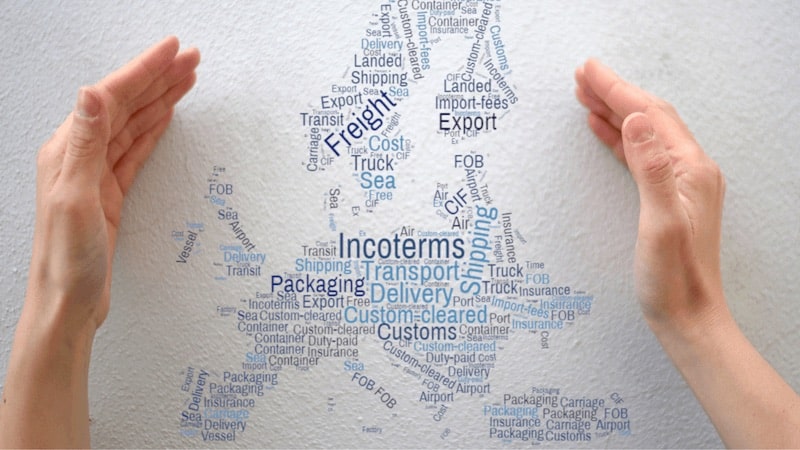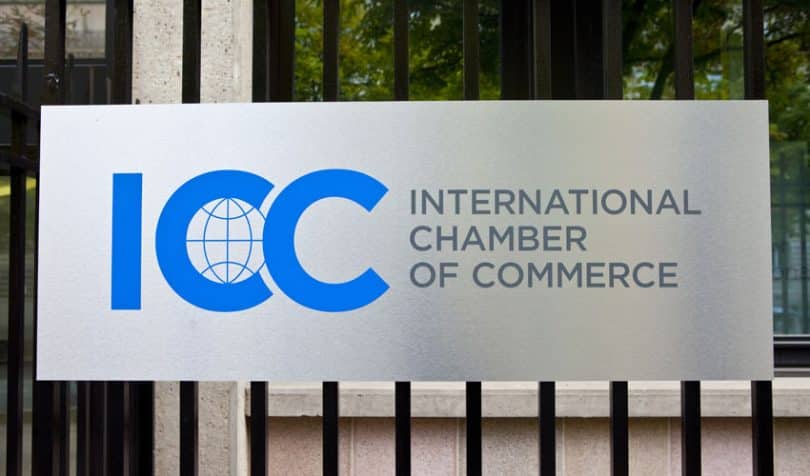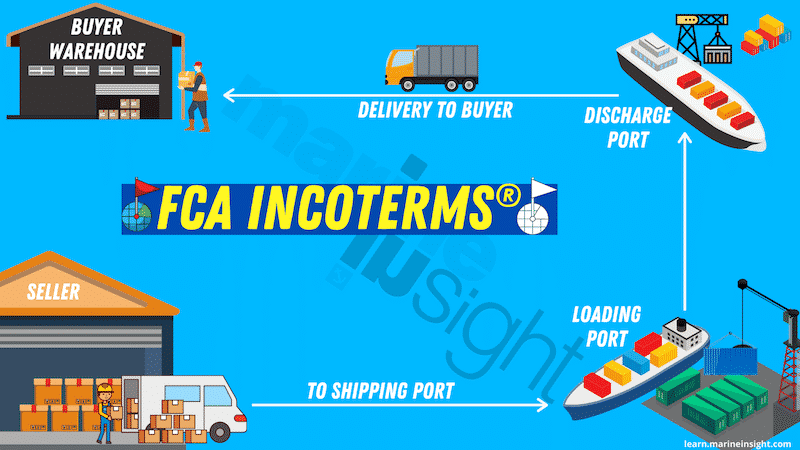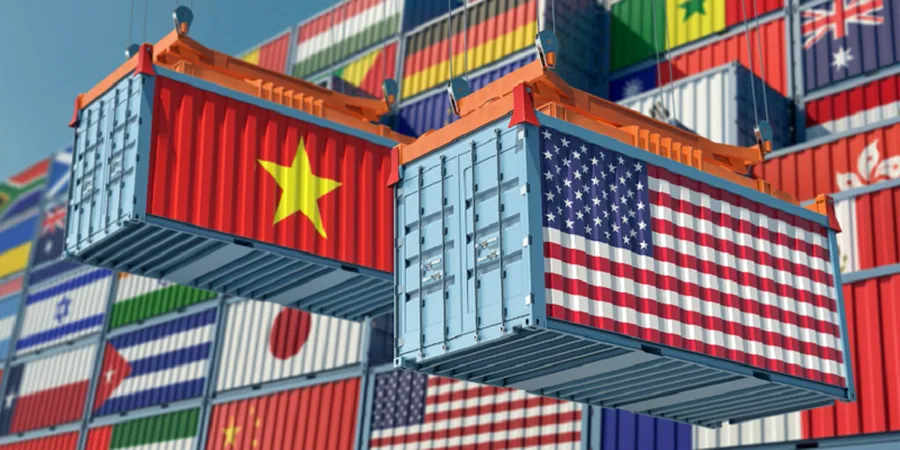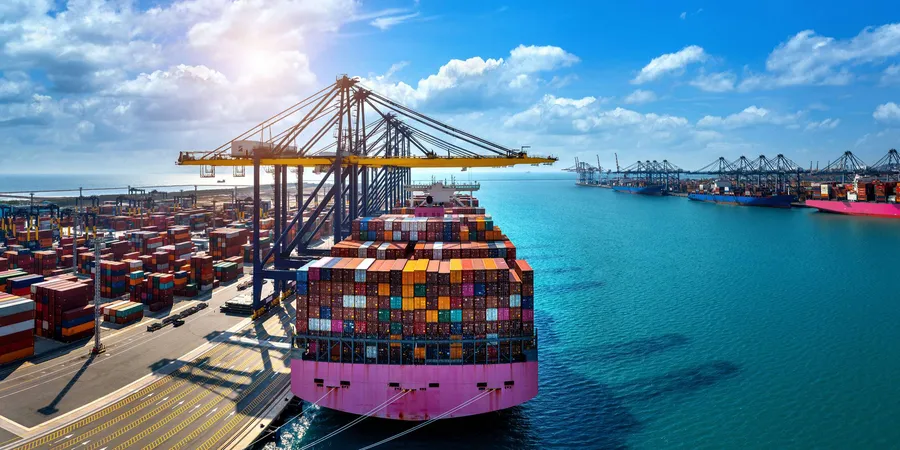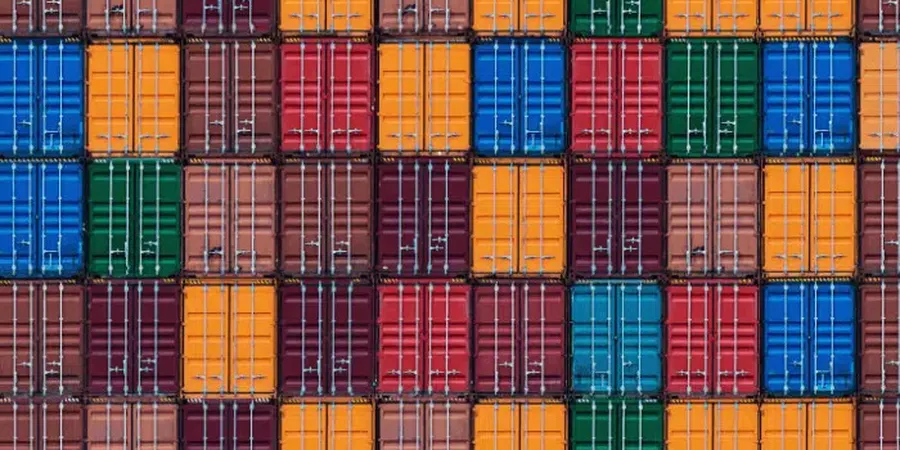What are FCA Incoterms® in Shipping?
FCA, EXW, FOB… the list of terms used in the field of freight, especially sea freight, is endless. What is FCA? How do EXW and FOB Incoterms® fare against FCA? Let us take a look.
FCA is a term that comes under Incoterms® 2020. FCA stands for Free Carrier and shows the place of delivery of cargo by the seller to his customer or the customer’s representative before it goes on its main leg of the journey.
This place will be in the same country as the port of loading. It is a term that is used in international trade and shipping.
Before we look at FCA and understand these terms better, let us see what Incoterms® is all about.
International Commercial Terms or Incoterms®
International Commercial Terms, shortened to Incoterms® are used internationally in trade and shipping.
Who created Incoterms® and what is it used for?
Incoterms® was created by the International Chamber of Commerce (ICC) to make terms used in trading and shipping easy to understand and uniform throughout the world.
When different countries have their separate terms and conditions for trade and shipping goods to other countries, it often results in misunderstanding and confusion. This is besides the language barrier that may come between trading nations.
Incoterms® was introduced by the International Chamber of Commerce to avoid confusion among traders, especially in cross-border trading. The ICC introduced standard terms and conditions that make communication between traders and transporters of the goods easier.
Hence, incoterms® is recognized by government authorities, trade bodies, and trade councils across the world. Incoterms® are unambiguous and fix the responsibilities of the buyer, the carrier, and the seller very clearly.
Incoterms® 2020 which is the most current, was published by the ICC in 2019. Though it is not compulsory for traders and carriers to use Incoterms®, the ICC recognizes Incoterms® 2020 in the current shipping and trading documents.
Usage of any previous versions such as the Incoterms® 2010 needs to be mentioned separately in these documents.
Incoterms® 2020 has seven rules that cover all the modes of transport and an additional four that are specific to water transport, including transport by sea and inland waterways. FCA is a part of the former.
The International Chamber of Commerce (ICC)
Headquartered in Paris, France, the International Chamber of Commerce (ICC) is the largest representation of business organizations in the world. Its main functions are to formulate rules for the smooth running of any registered business and to settle business disputes between organizations.
With over 45 million members spread over 100 countries, it helps business organizations, small or large, to conduct their operations smoothly. Updated Incoterms® is published once every ten years by the ICC.
Besides, it conducts business and legal training sessions that help organizations to understand and use the ICC’s rules effectively for doing business on an international level.
The International Chamber of Commerce works in close cooperation with other world bodies such as the World Trade Organization (WTO), and the United Nations (UN).
How Does FCA Incoterms® Work?
When the terms of an agreement between the buyer and the seller are Free Carrier (FCA), the seller has the responsibility of loading the goods onto the buyer’s transport from his (seller’s) warehouse or a pre-agreed location.
This pre-agreed location could be the buyer’s freight forwarder warehouse or the port of loading. The agreement would show FCA and specify the location from where the transfer of goods from the seller to the buyer will take place.
It is common for the buyer to arrange for transport to pick up the cargo from the seller’s warehouse or use a freight forwarder to manage this.
When no agreement is discussed between the buyer and seller regarding the place of transfer of goods, the seller can deliver the cargo to the buyer at the most suitable place. Here the ‘suitable place’ is decided by the seller taking the convenience of both the parties into consideration.
The responsibility of the seller in FCA Incoterms® includes completing all the export formalities for getting the cargo cleared for export.
An agreement with FCA Incoterms® would normally state the type of packaging and labelling to be done by the seller when goods are handed over to the buyer or his agent.
Once the export clearance is obtained and goods are loaded safely onto the buyer’s vehicle, the term FCA is said to be fulfilled successfully.
From then on, the liability of the goods is with the buyer. The unloading of goods from the transport will then be the responsibility of the buyer.
The FCA Incoterms® 2020 which is the latest, includes an option for the buyer to instruct the ocean carrier to issue a bill of lading that confirms that the goods are loaded onboard the vessel.
This bill of lading may be issued even when the goods have been collected by the carrier’s transport and are on their way to the port.
Such bills of lading that are issued upon collection by the inland transporter will show the date of receiving the shipment. It will show ‘Received for Shipment’.
The shipping company will issue another bill of lading at a later date that would show the date when the goods have been loaded on board the vessel.
An onboard bill of lading is a usual bank requirement in the case of a sale through a letter of credit. This is to confirm that goods have been received safely and are in good condition on board the transport vessel.
Traders have been following this system for quite some time but now it is part of the Incoterms®. Though most carriers oblige, it is not mandatory for them to issue the bill of lading upon the buyer’s request.
An Example for Free Carrier (FCA)
Shamil Exports of Bangladesh signed a business contract with Ruth Imports of New York, USA, to ship 20000 cotton shirts to New York. The agreed term for shipment is FCA Chittagong port. So, in this case, after completing the export documentation and obtaining clearance from authorities, Shamil Exports will deliver the consignment to Chittagong port and hand it over to the transporter or agent appointed by Ruth Imports. Ruth Imports or in this case its transporter or agent is responsible for loading the cargo onboard the vessel to New York and for the freight.
As we can see here, the seller’s responsibility is until the location mentioned under FCA Incoterm® (Chittagong port in the above example). Once the goods are handed over to the buyer, his agent, or his transporter at the FCA location, the responsibility of loading it on the vessel and transport are transferred to the buyer. Ruth Imports would have already made the loading arrangements and freight booking for onward transport on an ocean vessel from Chittagong port to New York.
Free Carrier indicates that the seller of goods is obligated to deliver the goods at his cost to the place mentioned, for loading onto a transport vessel or to the buyer. In FCA, the customer shoulders all the main freight-related costs. It is worth noting here that the term FCA can be used for all modes of transport such as land, sea, and air.
Ex-Works
The Incoterm® Ex-Works (EXW) specifies that goods will be delivered by the seller to the buyer at his factory or work premises. It could also be any agreed-upon location between the two parties such as a freight forwarder or an ocean carrier’s warehouse.
Once goods are in the hands of the buyer’s agent, the buyer will bear all transport costs from thereon and all the risks associated with the cargo will be borne by the buyer. The buyer will be responsible for further transportation by truck to a port, all customs formalities prior to export, and transferring the cargo to a cargo vessel. Ex-Works is the same as Ex-Factory.
In Ex-Works, the responsibility of the seller to load the goods on the buyer’s transport vehicle or to clear it for exports is not mandatory. However, the seller is obliged to complete the proper packaging and labelling of the cargo when it is delivered to the customer at the pre-agreed point.
Depending on the relationship with the customer, the seller may agree to load goods onto the transport vehicle. It is important that in Ex-Works Incoterm® the exact location where the transfer of goods will take place from seller to the buyer is shown. The term EXW may be used for any mode of transport.
Sometimes the customer may not be in a position to take up the export clearance formalities at the load port. In such cases, it is recommended to opt for FCA Incoterms®.
Free on Board (FOB)
The Incoterm® that is used when the seller bears the responsibility of loading on board the cargo vessel is Free on Board (FOB).
When the terms of shipment are FOB, the seller has to ensure that goods are loaded on board the ship at his expense. The responsibility of transporting the goods from the seller’s warehouse to the port, arranging the loading onto the vessel after completing all customs and port formalities, are all with the seller.
In FOB terms, the responsibility of the cargo will pass to the buyer once the goods are loaded safely onboard the ship. It means that any risk on the goods is transferred to the buyer once the goods are on the ship.
FCA V FOB
When a shipping document shows FCA and the location, the shipper is responsible for transporting and delivering goods to the buyer or his transport agent at this location. He also has the obligation to submit the export documentation to the authorities for getting the cargo cleared for export.
When the shipping terms are FOB, the shipper has to transport the goods from his warehouse to the port and arrange for loading them onboard the vessel.
Free Carrier is a term that can be used for all modes of transport – land, sea, and air whereas, Free on Board can be used only for maritime transport such as a cargo vessel.
The responsibility for the cargo and the risks associated with it are the two factors that are affected differently in these two cases. In FCA, the responsibility for the safety of the cargo is with the seller until the point of delivery of cargo to the carrier as mentioned in the terms, for example, FCA Chittagong port. The risk is transferred to the carrier once goods are loaded on the carrier’s truck for moving it onto the ship.
Under FOB Incoterms® the seller has to ensure the safe transport and delivery of goods on board the cargo vessel. He has to shoulder the responsibility of the goods until it is safely onboard the vessel.
Is FCA Incoterms® Better Than FOB?
There is no definitive answer to this question. It depends on who is asking the question. Free Carrier could be beneficial to the seller because he does not have to worry about the main part of the freight which could be the sea freight here.
Once the seller transfers the goods as agreed, from his premises or another location to the buyer, the liability for the cargo is passed to the buyer.
The buyer in this case arranges pickup and transport of the cargo from the agreed site, contracts a shipping company for further transport of the cargo by an ocean carrier, and also assumes all liabilities associated with it.
When looked at from the buyer’s side, the FCA Incoterms® is beneficial to him as it saves him the effort of arranging for the export clearance. It also gives him the option to pick up and manage the goods as he wishes. This may suit goods that require special handling.
All he has to do is arrange for the pickup of goods from the seller and its sea freight. The seller is anyway better equipped for arranging the export clearance as he will have a better rapport with the port and customs authorities of his country.
When FOB Incoterms® are used, the seller has control over the goods till it is safely on board the transport vessel. He handles the goods from his premises to the ship and also arranges for all export clearance work.
FOB Incoterms® is beneficial to the buyer as he does not have to worry about handling or export formalities of the goods. He takes responsibility for the cargo only after it has been safely delivered to the ship or the ocean carrier’s transporter at a pre-agreed place.
Source: Marine Insight


